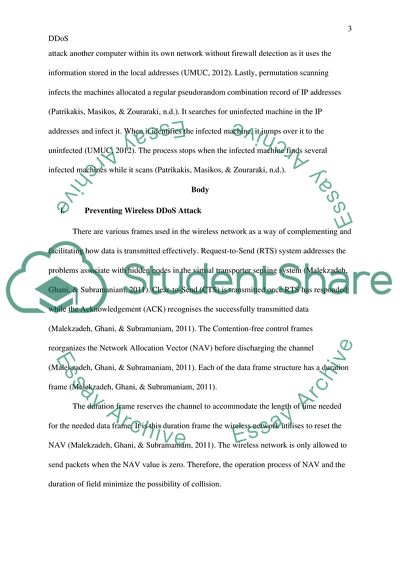Cite this document
(“Detecting preventing or mitigating DoS or Distributed DoS attacks Research Paper”, n.d.)
Detecting preventing or mitigating DoS or Distributed DoS attacks Research Paper. Retrieved from https://studentshare.org/information-technology/1630797-detecting-preventing-or-mitigating-dos-or-distributed-dos-attacks
Detecting preventing or mitigating DoS or Distributed DoS attacks Research Paper. Retrieved from https://studentshare.org/information-technology/1630797-detecting-preventing-or-mitigating-dos-or-distributed-dos-attacks
(Detecting Preventing or Mitigating DoS or Distributed DoS Attacks Research Paper)
Detecting Preventing or Mitigating DoS or Distributed DoS Attacks Research Paper. https://studentshare.org/information-technology/1630797-detecting-preventing-or-mitigating-dos-or-distributed-dos-attacks.
Detecting Preventing or Mitigating DoS or Distributed DoS Attacks Research Paper. https://studentshare.org/information-technology/1630797-detecting-preventing-or-mitigating-dos-or-distributed-dos-attacks.
“Detecting Preventing or Mitigating DoS or Distributed DoS Attacks Research Paper”, n.d. https://studentshare.org/information-technology/1630797-detecting-preventing-or-mitigating-dos-or-distributed-dos-attacks.


